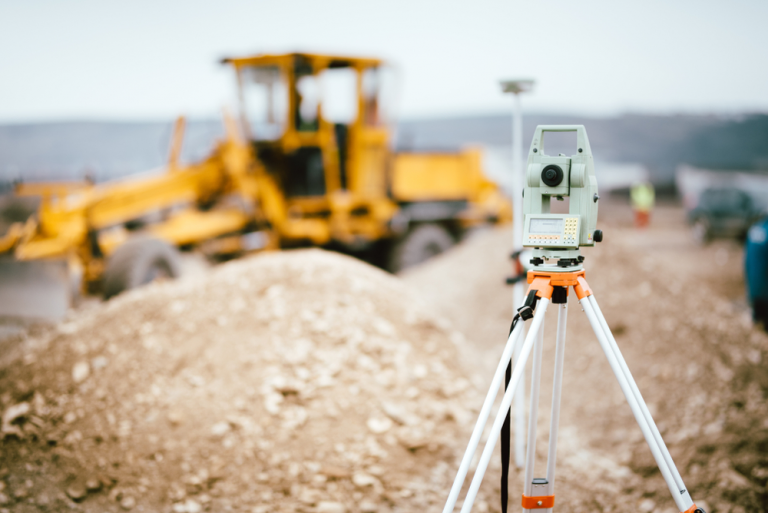One with the challenges faced whenever using traditional land surveying methods is the particular need for surveying regions which are covered simply by thick vegetation. Some surveying projects require the measurement of such vegetation, whilst most applications need measurement of typically the terrain itself, rather than the plant life covering this terrain. Topographic Surveys York Yorkshire might require the measurement of vegetation, based on their intended goal.
When on the ground, land surveyors may find of which traditional surveying equipment is blocked by huge trees or some other obstructions. They may well even be unable to be able to traverse the property because of high hills, inconvenient streams, or other normal or man-made characteristics. Combined, these capabilities may make surveying difficult or also impossible from about the land by itself, particularly in undeveloped areas. However, there are ways around these kinds of obstructions which permit surveyors to generate accurate and specific surveys.
Some approaches of surveying can easily penetrate trees and groundcover. Among these is LiDAR, some sort of laser-based method. Since the laser gadget is flown within the area in a great airplane, it is definitely ideal for heavily forested areas exactly where access on feet may be difficult or impossible.
Various other surveying applications, on the other hand, require measurement with the vegetation. Similar airborne methods do not really penetrate tree clothes, and for that reason can provide an idea of the vegetation while still allowing the inspector to work through a distance.
A single type of surveying, called 'vegetation surveying, ' is particularly interested in typically the vegetation found inside the area. As opposed to standard land surveying, vegetation surveying frequently depicts rough boundaries, not strict ranges. Vegetation surveying, or perhaps the mapping involving plant habitats, is usually a valuable application for botanists, environment activists, and other globe science applications. Relying upon its designed use, a plants survey may indicate areas with plant life and those without, or the kinds of plant plus their density and location. These maps may be used to identify sensitive environmental areas (such as wetlands), map the particular spread of vegetation, or examine environmental changes following organic or man-made occasions.
In cases exactly where vegetation surveying is usually desirable, measurements may be taken using aerial methods or even using a surveyor's transit or entire station to determine vegetation height and to construct some sort of grid from the surfaces, onto which vegetation can be assessed. The same grid then can be used simply by another surveying team after a period of time to measure changes in vegetation plus terrain.
While topographical maps may display vegetation or man-made features, a digital terrain model (also known as a new digital elevation model) generally only presents the land topography in addition to terrain underneath the particular vegetation. Digital surfaces models can be called to as bare-earth models, while Digital Surface Models consist of features such since vegetation.
There are a variety involving surveying methods used to create topographic surveys or digital terrain models, for example direct surveying (with a surveyor's flow or total station) or remote sensing technologies such while aerial and satellite imagery, LiDAR strategies, and photogrammery. The particular most appropriate approach depends on typically the area being surveyed and the amount and type regarding data required. Some surveying methods employed to create these models, such as palpeur, reflect the highest increase point on a provided location, whether this specific is the top rated of any tree or even building or bare ground, while others are intended with regard to the measurement associated with the terrain itself.

